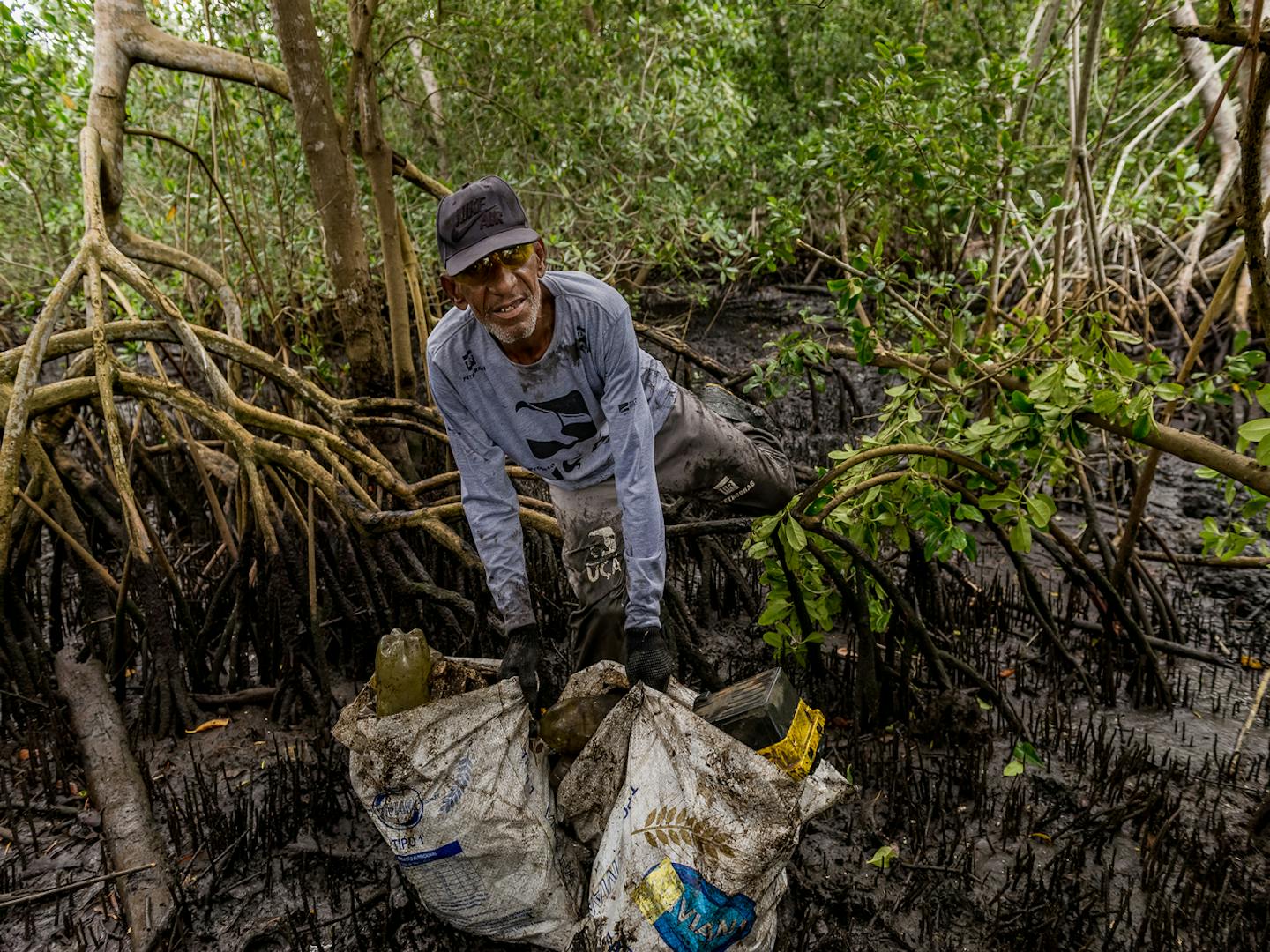Brazilian crab collectors protect their income by cleaning mangroves
- Nature Conservation
- Ecosystem Restoration
- Mangroves
- Sustainable Livelihoods
- Community Action
- Brazil Cerrado & Atlantic Coast
- Southern America Realm
Rita Duarte, a crab collector from Rio de Janeiro, Brazil, leaves home early and takes her boat to the mangroves. The smell of the mud is an old acquaintance of hers. At 64 years old, Duarte is the granddaughter of crab collectors, but today her job will be returning home with a boat full of garbage.
For three months out of the year, crab collectors from Guanabara Bay change their occupation to garbage collectors. With this method, they’ve protected the mangroves and their crab production.
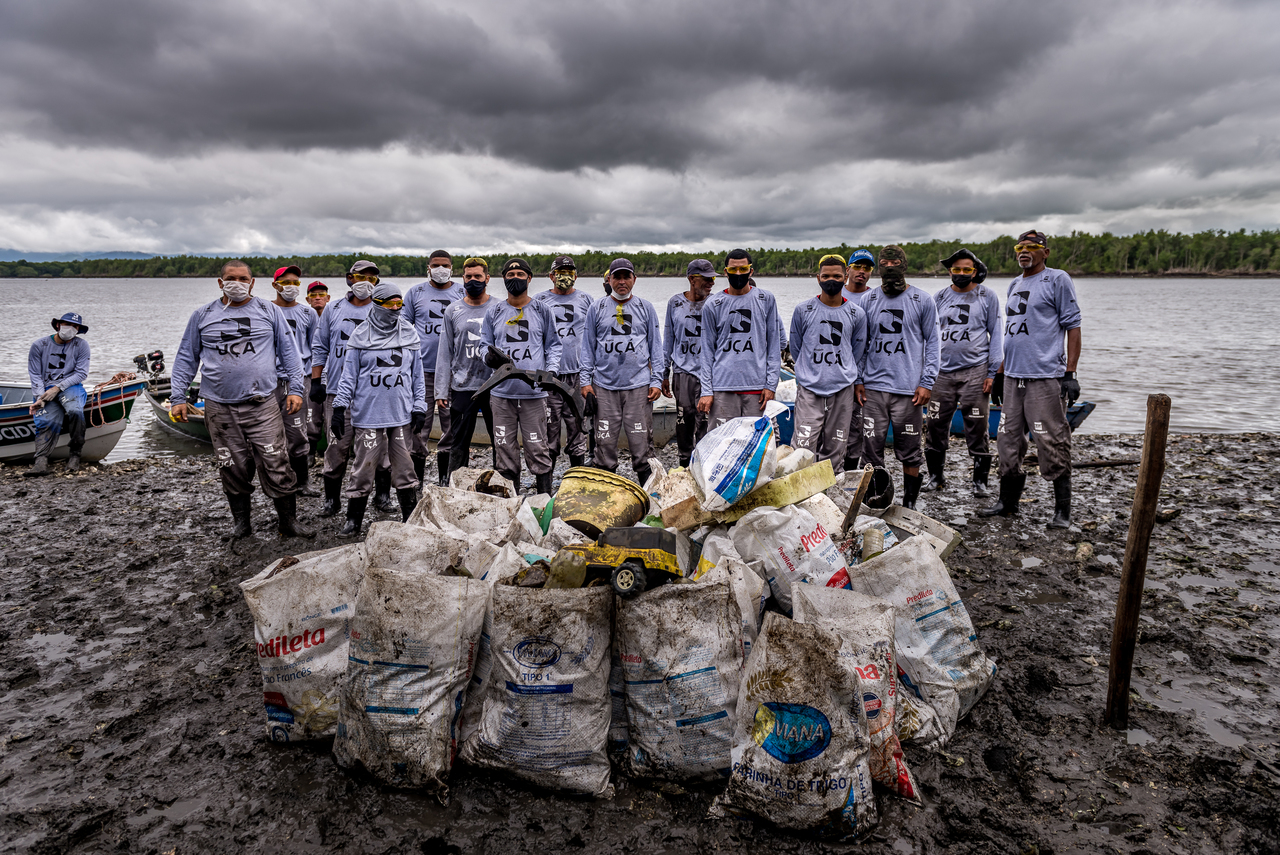
mage credit: Courtesy of Marcela Souza
The locals carry out the cleaning activities during the closed season of the Uçá crab, the most important commercial species in Brazil. This is the time of year when fishing or collecting some marine animals is prohibited, as it is reserved for their breeding season.
The Uçá crab mates from October to December. During these months, the collectors saw their income decrease and mass amounts of trash accumulate in the mangrove forests.
Garbage is one of the main factors of mangrove degradation. “It is the problem that most affects vegetation cover,” explains Mário Moscatelli, a local biologist. “The larger residues damage the vegetation, and the smaller ones waterproof the mud. As a result, the seedlings do not settle in the sediment.”
Mangroves are vital coastal ecosystems in the transition zones between terrestrial and marine environments. They aid in halting climate change, as they store more than twice as much carbon as tropical upland forests and up to ten times more than savanna forests.
In particular, white, red, and black mangroves, all Brazilian species, sequester up to five times more carbon than terrestrial trees. In mangroves, carbon accumulates in the trunk of the plants and the soil, a feature that makes it an essential ecosystem for climate regulation.
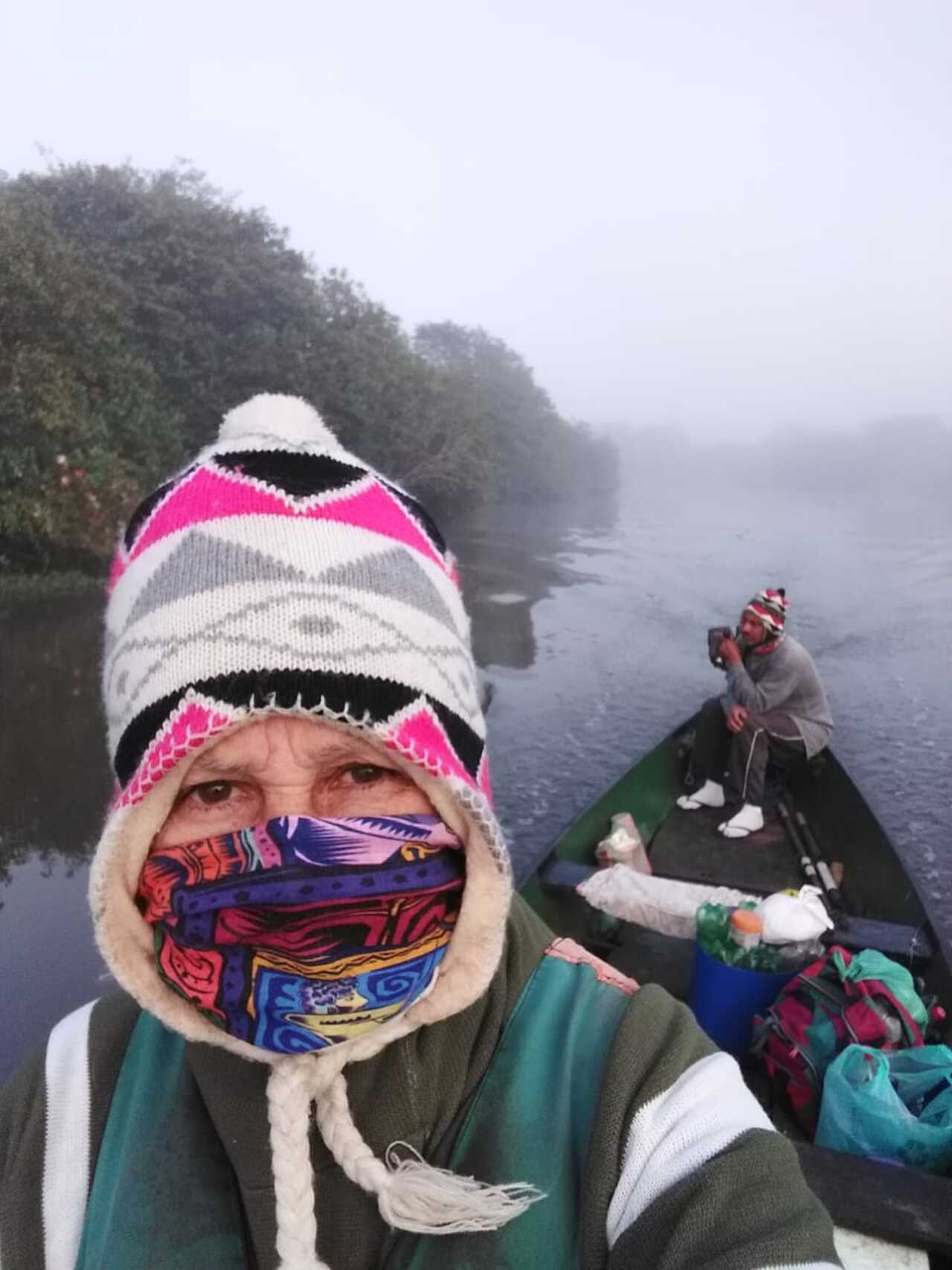
mage credit: Courtesy of Marcela Souza
Protecting mangroves
Back in 2000, fishers from Guanabara Bay started noticing a decrease in the crab population of the mangroves. They reached out to the non-governmental organization Guardians of the Sea with the idea of raising funds to clean up the ecosystem.
Guardians of the Sea embraced the idea. In the Limpa Oca operation, the organization pays the collectors to collect garbage. This effort has yielded positive results.
Since 2014, crab collectors have removed more than 44 tons of garbage from the mangroves. The waste is then delivered to garbage cooperatives, which take the material for recycling.
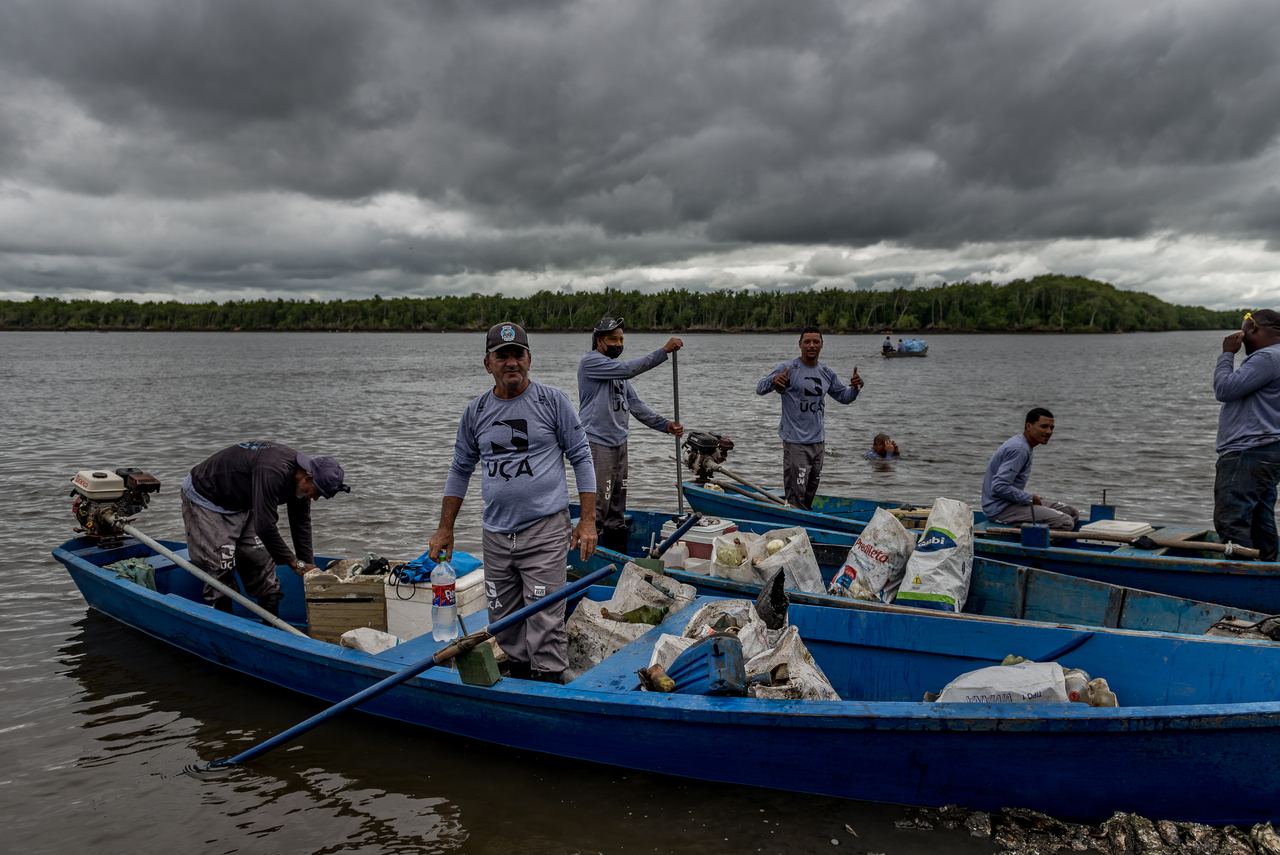
mage credit: Courtesy of Marcela Souza
“Without the garbage, the crabs can more easily dig their burrows,” says Pedro Belga, coordinator of Guardians of the Sea. “In that way, they cycle nutrients, making the mangrove more fertile. Thanks to this process, seedlings manage to fix themselves.”
As a result, the number of crabs increased. In 2015, one million individuals were captured, and in 2018, that number rose to between 1.5 and 2 million individuals per year.
Duarte says she has already noticed the increase in crabs but that the work needs to continue. She says that the difference between today and years ago, when she was a child and went to the mangroves with her grandparents, is huge. “It went down a lot. We need to make a lot more effort to collect a dozen.”
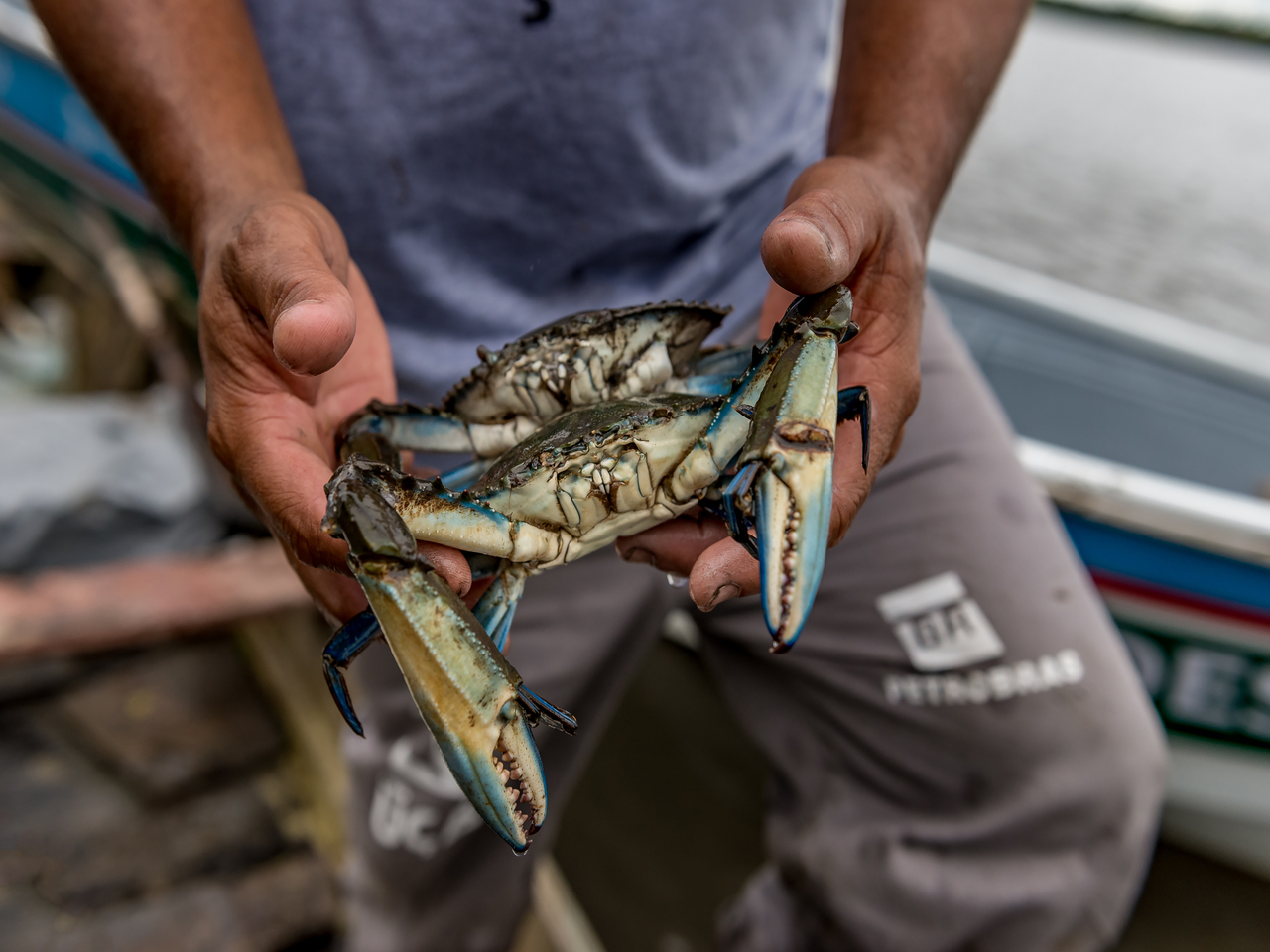
mage credit: Courtesy of Marcela Souza
Threatened ecosystems
Although locals have made considerable efforts to keep Guanabara Bay’s mangroves healthy, these ecosystems are still under threat of human intervention. “In practice, mangroves are still highly threatened by real estate speculation, the disorderly growth of slums, pollution, oil spills, and garbage,” says Moscatelli.
Moscatelli is one of the leading names in mangrove restoration work. Since 2000, his projects have recovered 180 hectares of mangroves.
The biologist believes that only compliance with environmental legislation will be able to protect mangrove areas. “It is necessary to go beyond the planting efforts made today. Protection laws already exist, but little is done to contain the problems that affect the ecosystem.”
He explains that mangroves are extremely resilient areas. With action, they can be reclaimed and help mitigate the climate crisis.
